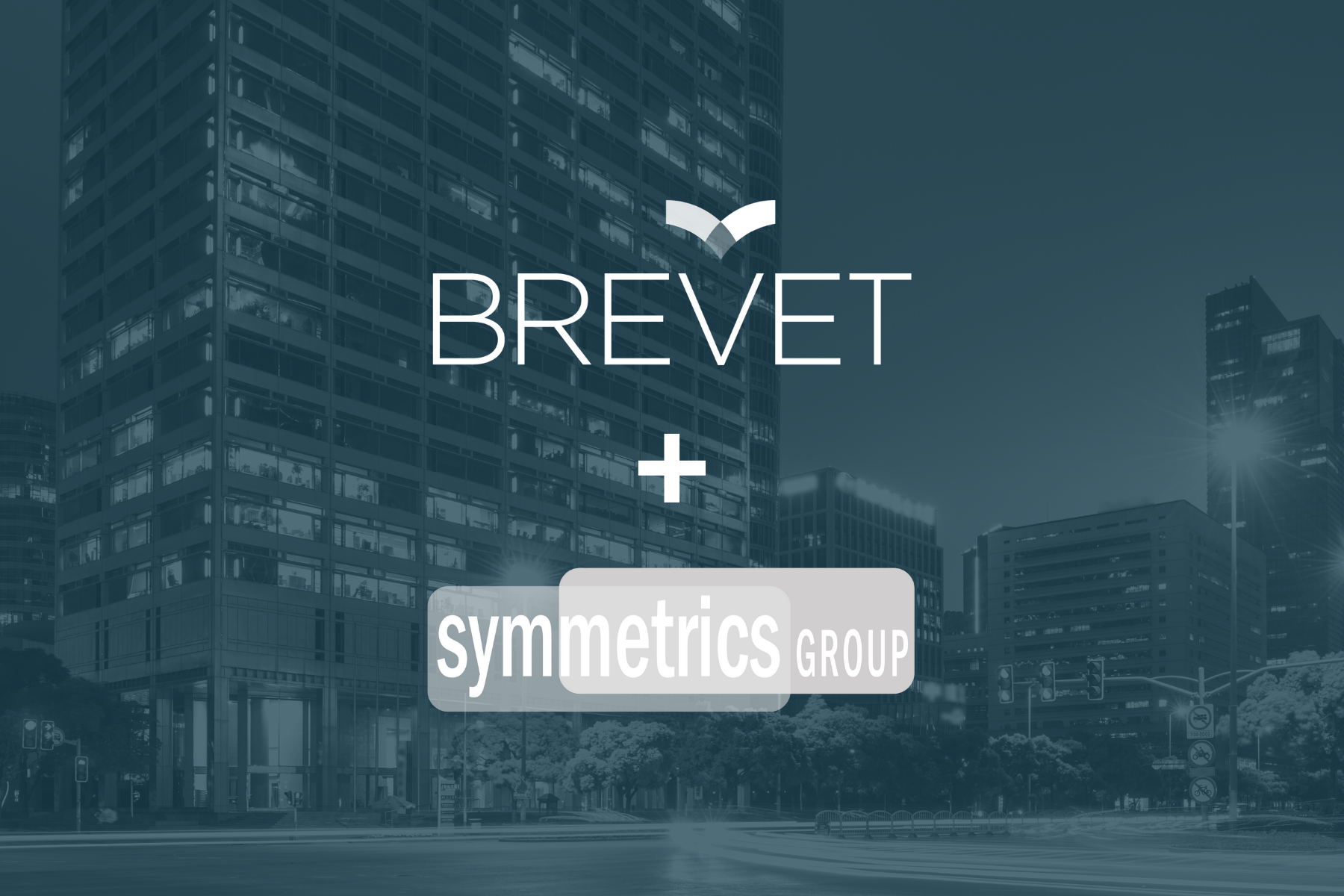Part 1 of this blog began with a statistic showing that U.S. firms spend just south of one trillion dollars on their sales forces. A portion of this spend is on sales training, which can be off-the-shelf content/training, custom training, or some combo thereof.
We developed this two-part blog with the premise that your sales training is unlikely to hit its target if you don’t first define your desired outcomes (Step 1), your adoption strategy (Step 2), and your optimal modality mix (Step 3), all of which were addressed in Part 1. In Part 2, we explore the specific sales training investments (Steps 4 & 5), and we'll share a hypothetical example illustrating the differences between off-the-shelf and custom approaches.Step 4: Pinpoint People-Specific Investments
Training: The cost of a training ‘event’ – either public or private – is typically top-of-mind. Public training events draw sellers or sales managers from a variety of companies to an ‘open’ training workshop (or virtual online meeting) and typically present a training company’s standard, out-of-the-box materials. Given the mixed audience, the training materials take a "one-size-fits-all" approach.
While a private training event can be more than 2 to 5 times the cost of public training events, it provides the opportunity to make the material more relevant to your audience, which is a key element of our adoption approach.
Travel: For in-person training, 40% or more of the investment can revolve around travel expenditures (flights, hotels, meals, and ground transportation). Many companies are pursuing a more blended learning approach. Instructor-led, face-to-face training time is optimized and aligned to specific training content and objectives (e.g., skills training, planning sessions, etc.), while the remaining training is offered virtually.
Time Out of the Field (TOOTF): For sales, the opportunity cost associated with time out of the field is significant. Selling time is sacred in most sales organizations – don’t mess with it. In a typical face-to-face training workshop, most sellers need to know te timing of breaks and lunch to return calls and get some business done
It’s also why the relevance of training content is crucial. Your curriculum needs to be designed such that participants are ‘working’ on their business and applying concepts and approaches to real-life selling situations. Like travel expenses, the costs associated with TOOTF push some companies to more online and virtual training, even when face-to-face training would be more beneficial.
Step 5: Consider Intellectual Property (IP) Costs
Training firms often have a significant amount of their value tied up in their IP. As such, there are several areas that are important to consider when evaluating the full lifecycle cost of sales training.
License Costs: Some training firms require an annual or ongoing license cost to continue to use their IP (this is most prevalent with off-the-shelf programs). The license cost may include some upgrades or improvement in their IP, but it’s usually minimal.
Other firms don’t charge a license fee, and instead allow you to jointly own the IP you co-create with them. These training programs tend to be customized and highly relevant to your sales team priorities.
Derivative Works: Given the importance that some training firms place on their IP, the process of creating a ‘derivative’ of their work is significant. If you try to incorporate some of their IP as part of another training program or integrate it with new materials, you will often need their written permission, and they may not allow it. If the IP is co-owned, there is no effort or time involved in changing or integrating the content.
Blank Slate: With custom sales training, you shouldn’t expect that a training partner will start from a ‘blank slate.’ They typically have learning ‘objects’ or modules they customize and tailor for a given audience and firm. It’s somewhat like object-oriented development in that they configure and customize the learning objects to optimize relevancy for the participants and the investment for the client.
Adding It All Up
The hypothetical example below illustrates the factors to consider when determining the cost of sales training to help you select the best approach for your company and sales team.
| Cost Category | Off-the-Shelf Training | Customized Training |
| License Fees: Initial Training | 500 @ $700 = $350,000 | $0 |
| License Fees: New Hires (Attrition replacement + Growth) | 331 @ $700 = $231,700 | $0 |
| Customization/Tailoring Fees | $5,000 | $250,000 |
| Reinforcement Materials | Generic, $20,000 | Customized, $75,000 |
| Facilitation Fees | 34 Classes @ 2 days @ $5,000/day = $340,000 | $340,000 (same equation as Off-the-Shelf) |
| Derivative Work Fees (incl. Legal Costs) | $20,000 | $0 |
| eLearning Reinforcement | Generic, 831 @ $200 = $166,200 | Customized, $75,000 one-time development |
| TOTALS | $1,132,900 $1,363 per trainee |
$740,000 $890 per trainee |
| Impact: Level of Adoption | Trends lower | Trends higher (due to relevancy) |
| Other Costs: Common Between Both Options | Hotel, Transportation, Meals, Room Rental, etc. | Hotel, Transportation, Meals, Room Rental, etc. |
So, which approach is best for you? Here are a few statistics that can help put training investments into context:
- Our experience has shown that training for more complex B2B sales teams averages between $1.5K - $3K per seller annually (range is based on the number and type of topics covered, along with the delivery approach).
- In the Association for Talent Development’s (ATD) 2016 survey around the State of Sales Training, the average organization (of 227 surveyed) spent ~$1.5K per seller annually (note: this average figure is likely to be a mix of off-the-shelf and custom).
- If you add some sales enablement investments to the training spend (including technologies, tools, sales aids, etc.), the average investment per seller could increase the sales training spend by double or more.
There is rarely a one-size-fits-all approach when it comes to sales training. Your costs or investment is one element. You still want to ensure that the learning partner you select has a track-record of delivering on their outcomes and is committed to the on-the-ground installation of new behaviors, tools, practices, etc. Training without an intentional follow-up reinforcement plan is a waste of time, money, and effort.
Still not sure what options are best for you? Contact us to continue the conversation.
About The Author
 Warren Shiver is a Partner at The Brevet Group, a management consultancy focused on end-to-end improvement in sales force effectiveness. Warren’s leadership has helped numerous organizations build high-performing sales teams focused on the right go-to-market strategy, disciplined sales process, and well-designed enablement tools.
Warren Shiver is a Partner at The Brevet Group, a management consultancy focused on end-to-end improvement in sales force effectiveness. Warren’s leadership has helped numerous organizations build high-performing sales teams focused on the right go-to-market strategy, disciplined sales process, and well-designed enablement tools.



